The European Alps stretch across eight countries, creating a landscape so enchanting that it seems plucked straight from the pages of a Brothers Grimm story. Nestled between snow-capped peaks and crystal-clear lakes, these mountain villages have preserved their traditional architecture, customs, and charm for centuries. From Switzerland’s chocolate-box chalets to Austria’s baroque churches to Italy’s colorful houses, each Alpine community tells its own magical story through cobblestone streets, flower-filled balconies, and breathtaking natural backdrops.
What makes these villages truly special isn’t just their postcard-perfect appearance, but the way they’ve maintained their authentic character despite attracting visitors from around the world. Here is a list of 18 fairytale villages that showcase the very best of Alpine charm and beauty.
Hallstatt, Austria
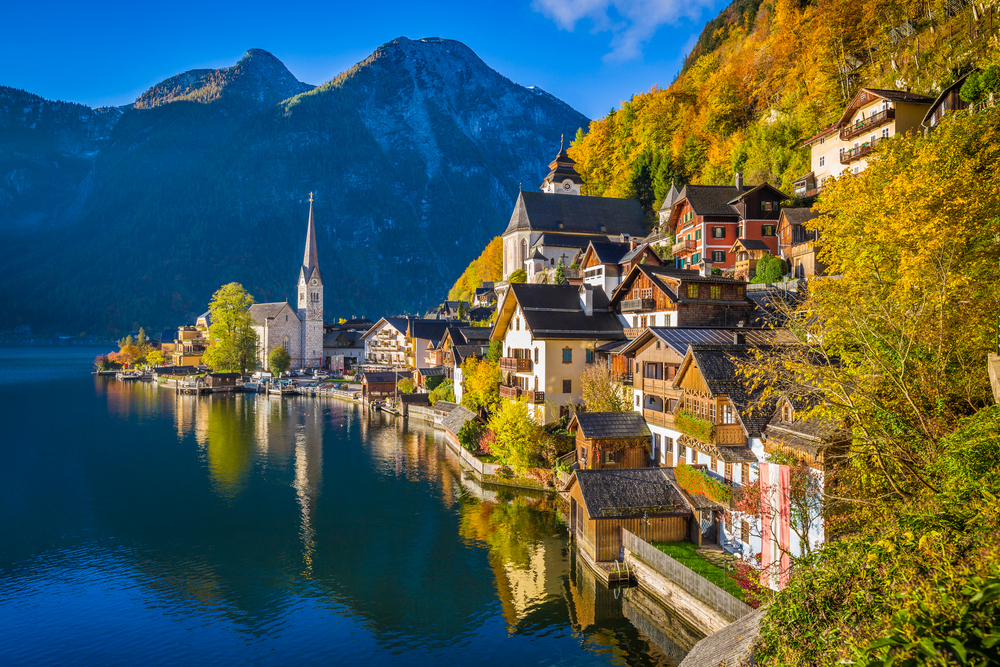
This lakeside gem of just 800 residents sits like a precious jewel on the shores of Lake Hallstatt, surrounded by dramatic mountains that reflect perfectly in the still waters. The village’s pastel-colored houses seem to tumble down the hillside toward the lake, while the iconic Lutheran church spire pierces the sky like something from a medieval manuscript.
Hallstatt’s salt mining heritage dates back over 4,000 years, and visitors can explore ancient tunnels while enjoying some of the most photographed scenery in all of Europe.
Zermatt, Switzerland
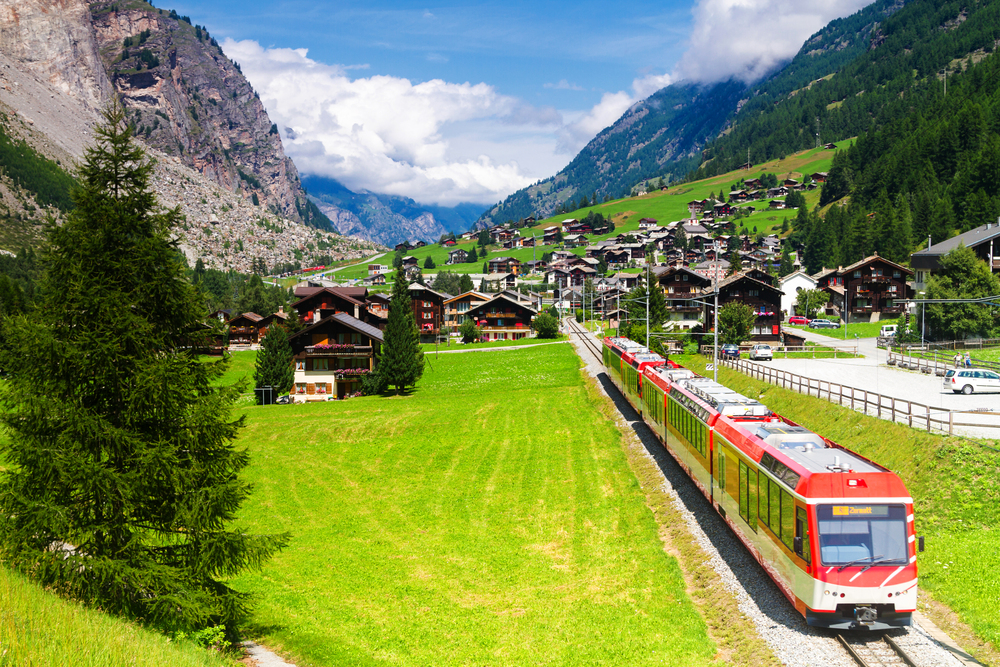
Dominated by the iconic pyramid peak of the Matterhorn, this car-free village maintains an atmosphere of old-world Alpine charm despite being one of the world’s premier ski destinations. Traditional wooden chalets line the streets alongside luxury hotels, while horse-drawn carriages and electric vehicles provide the only transportation through the village center.
The combination of world-class mountaineering history and Swiss precision creates a village that feels both adventurous and refined, especially when the Matterhorn glows pink in the alpine light.
Like Travel Pug’s content? Follow us on MSN.
Annecy, France

Known as the ‘Venice of the Alps,’ this medieval town sits at the northern tip of Lake Annecy, where canals wind between 12th-century buildings and flower-lined bridges. The old town’s narrow streets lead to a fairy-tale castle that overlooks the turquoise lake and surrounding mountains, while outdoor cafés serve local specialties like tartiflette and fondue.
Annecy’s combination of French sophistication and Alpine setting creates an atmosphere that’s both romantic and outdoorsy, perfect for couples who want culture with their mountain views.
Grindelwald, Switzerland
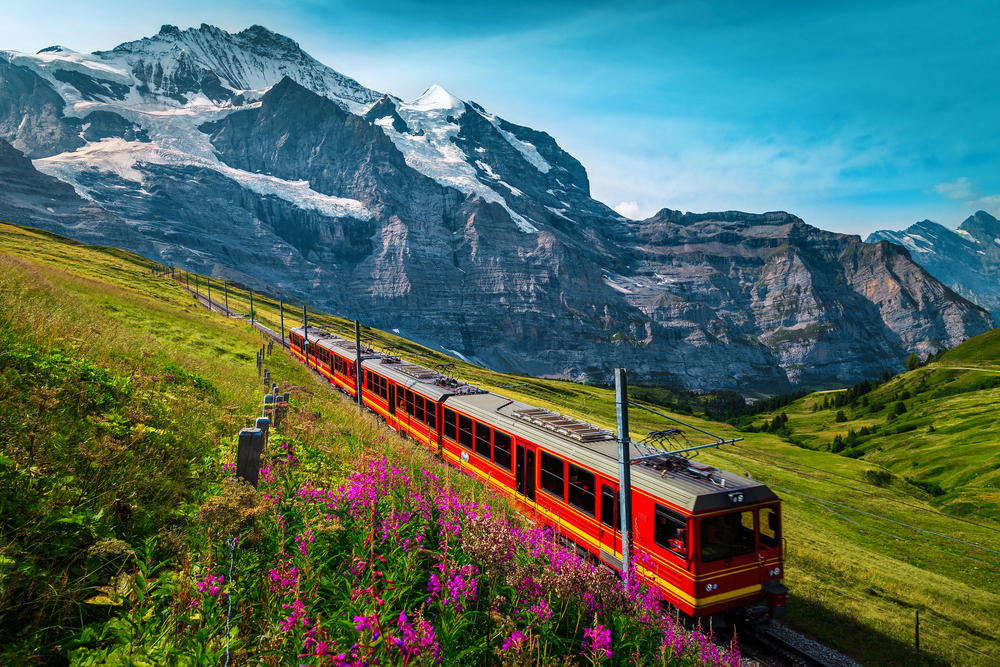
This charming valley village sits directly beneath the north face of the Eiger, one of the Alps’ most famous and formidable peaks. Traditional Swiss chalets with their distinctive wide eaves and flower boxes create a perfect foreground for some of the most dramatic mountain scenery in Switzerland.
Grindelwald serves as a gateway to the Jungfraujoch, often called the ‘Top of Europe,’ making it a perfect base for visitors who want both village charm and high-altitude adventure.
Lauterbrunnen, Switzerland

This narrow valley village is surrounded by 72 waterfalls cascading from towering cliffs that rise over 3,000 feet on both sides. The village’s location on the valley floor creates a unique microclimate where traditional farms operate in the shadow of some of Switzerland’s most dramatic peaks.
Lauterbrunnen inspired J.R.R. Tolkien’s Rivendell, and it’s easy to see why when morning mist drifts through the valley and waterfalls catch the first light of dawn.
Like Travel Pug’s content? Follow us on MSN.
Alpbach, Austria
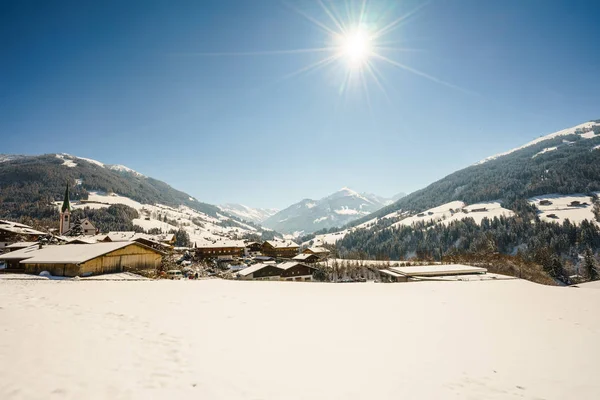
Winner of multiple ‘most beautiful village’ awards, Alpbach maintains strict building codes that require traditional wooden architecture and flower-filled balconies throughout the village. Every building follows the same design principles, creating a harmonious ensemble of dark wood chalets with white-painted trim and red geraniums.
The village’s commitment to preserving its traditional appearance while embracing modern sustainability makes it a model for how Alpine communities can thrive without losing their character.
Gimmelwald, Switzerland
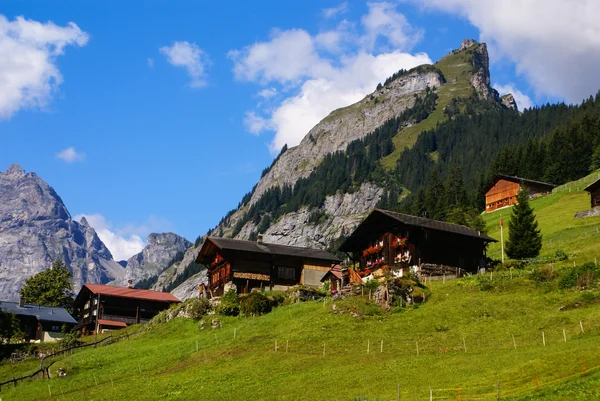
This tiny farming village of just 130 residents clings to a mountain ledge high above the Lauterbrunnen Valley, accessible only by cable car or a steep hiking trail. Traditional wooden chalets house families who still farm the steep mountainsides much as their ancestors did centuries ago, while visitors can stay in simple mountain lodges that offer million-dollar views for budget prices.
Gimmelwald represents authentic Alpine life at its most pure, where the sounds of cowbells and rushing streams replace the noise of modern civilization.
Chamonix, France
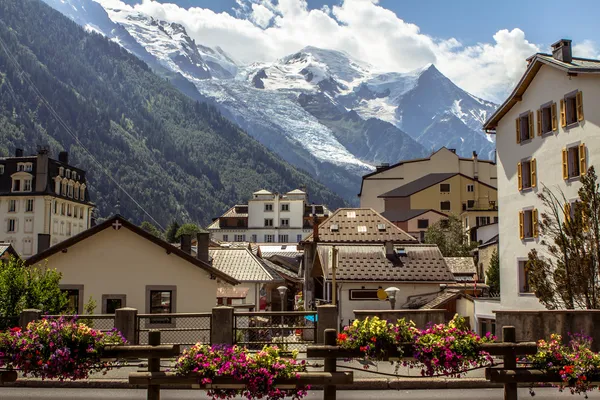
The birthplace of extreme skiing sits in a dramatic valley beneath Mont Blanc, Western Europe’s highest peak, where centuries-old traditions blend with cutting-edge mountain sports. The village’s traditional Savoyard architecture provides a charming contrast to its reputation as an adrenaline capital, while the famous Aiguille du Midi cable car whisks visitors to heights that offer views across four countries.
Chamonix’s unique combination of French alpine culture and international mountaineering heritage creates an atmosphere unlike anywhere else in the Alps.
Like Travel Pug’s content? Follow us on MSN.
Garmisch-Partenkirchen, Germany
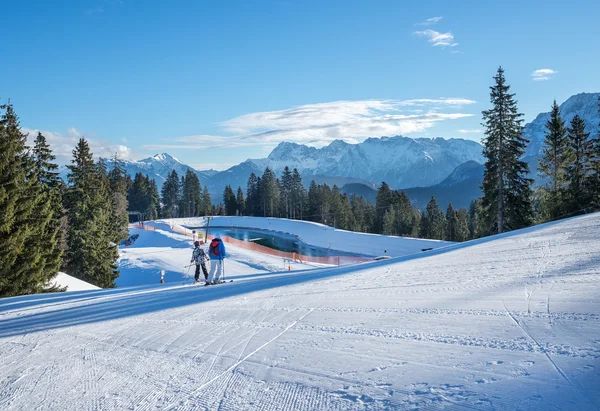
This twin village nestled beneath Germany’s highest peak, the Zugspitze, showcases the country’s distinctive Alpine architecture with elaborately painted facades called ‘Lüftlmalerei.’ The colorful frescoes depict religious scenes, local legends, and geometric patterns that transform ordinary buildings into works of art that date back centuries.
Garmisch-Partenkirchen’s role as host of the 1936 Winter Olympics added world-class facilities to its traditional Bavarian charm, creating a destination that celebrates both heritage and athletic achievement.
Dürnstein, Austria
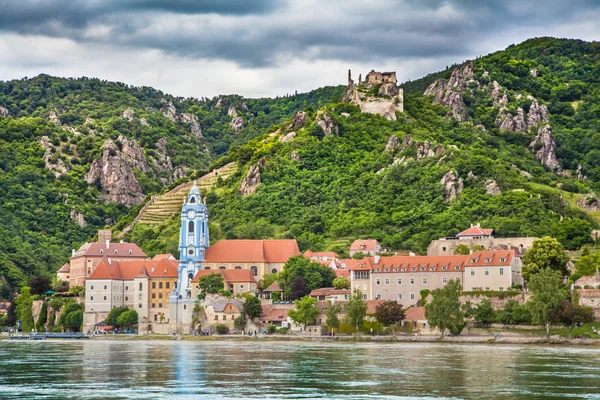
This Danube River village in the Wachau Valley combines medieval architecture with terraced vineyards that have produced wine for over 1,000 years. The blue and white baroque church tower rises above the village like a beacon, while the ruins of a 12th-century castle where Richard the Lionheart was imprisoned overlook the river valley.
Dürnstein’s location in a UNESCO World Heritage landscape ensures that its combination of cultural history and natural beauty will be preserved for future generations.
Wengen, Switzerland
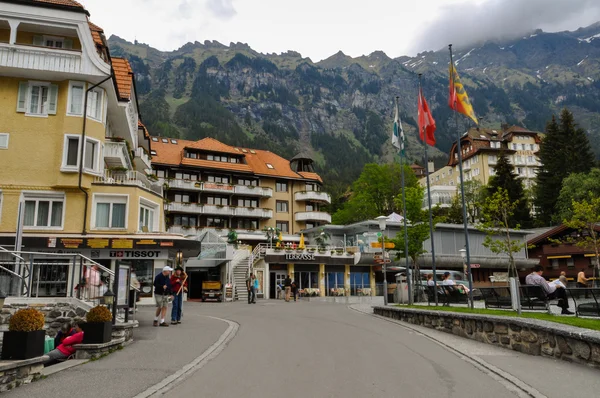
Perched on a sunny terrace 1,300 feet above the Lauterbrunnen Valley, this car-free village offers front-row seats to the dramatic Bernese Oberland peaks. Belle Époque hotels and traditional chalets share the mountainside, connected by walking paths that wind through alpine meadows filled with wildflowers in summer.
Wengen’s position as a stop on the historic cogwheel railway to Kleine Scheidegg makes it feel like a mountain resort from a more elegant era, when train travel was an adventure in itself.
Like Travel Pug’s content? Follow us on MSN.
Mittenwald, Germany
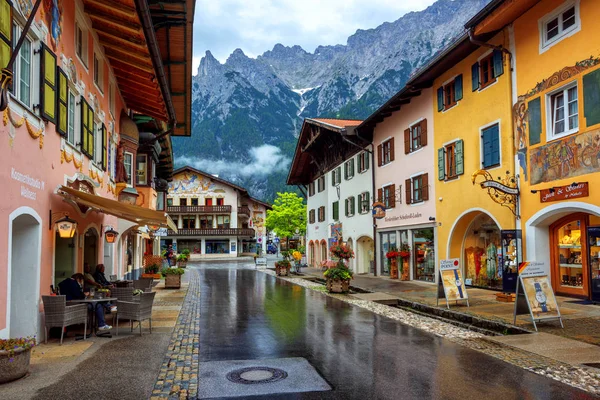
Located just 12 miles from Austria’s border, this Bavarian village is famous for its violin-making tradition and incredibly detailed painted house facades. The craft of violin making has been passed down through families for over 350 years, and visitors can tour workshops where master artisans still create instruments using traditional techniques.
Mittenwald’s setting beneath the dramatic Karwendel mountain range provides a stunning backdrop for its colorful buildings and centuries-old traditions.
Appenzell, Switzerland
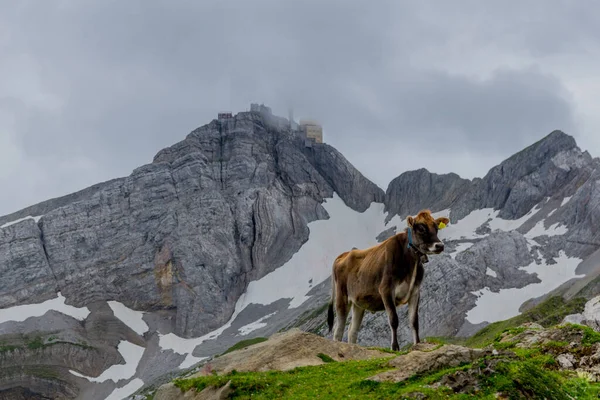
This small city serves as the capital of Switzerland’s most traditional canton, where direct democracy still plays out in the town square and folk customs remain part of daily life. The old town’s gabled houses painted in bright colors create one of Switzerland’s most photogenic streetscapes, while the surrounding hills are dotted with traditional farms that produce the region’s famous cheese.
Appenzell’s commitment to preserving Swiss traditions while embracing visitors creates an authentic cultural experience that feels both timeless and welcoming.
Bad Gastein, Austria
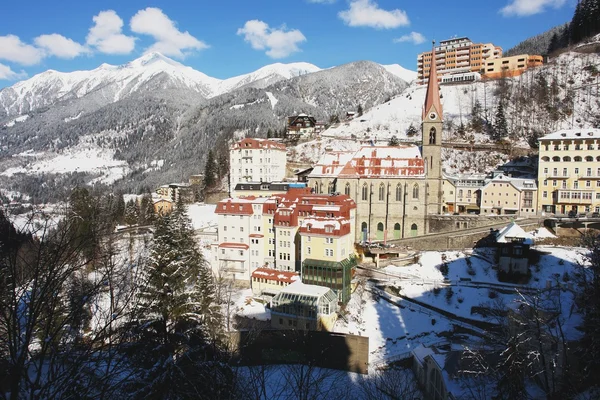
This elegant spa town cascades down a mountainside around a dramatic waterfall that thunders through the village center, creating one of the Alps’ most unique settings. Belle Époque architecture from the town’s golden age as a fashionable resort still lines the streets, though many buildings now show romantic decay that adds to the village’s mysterious charm.
Bad Gastein’s combination of thermal springs, mountain air, and fin-de-siècle grandeur creates an atmosphere that feels like stepping into a Thomas Mann novel.
Like Travel Pug’s content? Follow us on MSN.
Yvoire, France

This medieval village on the shores of Lake Geneva has earned the title ‘Pearl of Lake Geneva’ for its perfectly preserved 14th-century architecture and award-winning gardens. Stone houses with wooden shutters and flower-filled courtyards line narrow streets that lead to a small harbor where traditional boats bob alongside the castle walls.
Yvoire’s location on the French side of Lake Geneva provides stunning views across the water to the Swiss Alps while maintaining the relaxed atmosphere of a French lake town.
Oberammergau, Germany
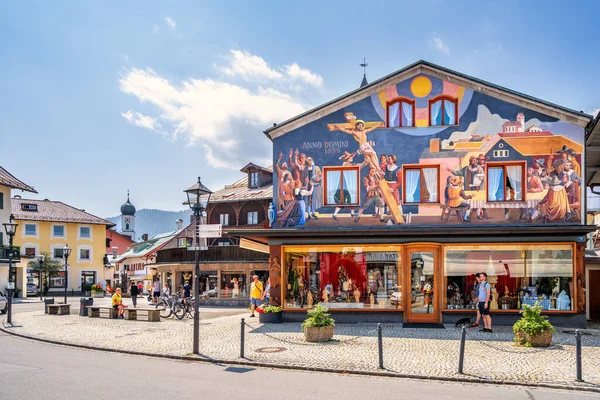
Famous worldwide for its Passion Play performed every ten years since 1634, this Bavarian village showcases some of the finest examples of traditional Alpine painted houses in all of Germany. The elaborate frescoes that cover building facades tell stories from fairy tales, religious traditions, and local history, turning the entire village into an outdoor art gallery.
Oberammergau’s woodcarving tradition produces everything from religious sculptures to cuckoo clocks, maintaining crafts that have been perfected over centuries.
Guarda, Switzerland
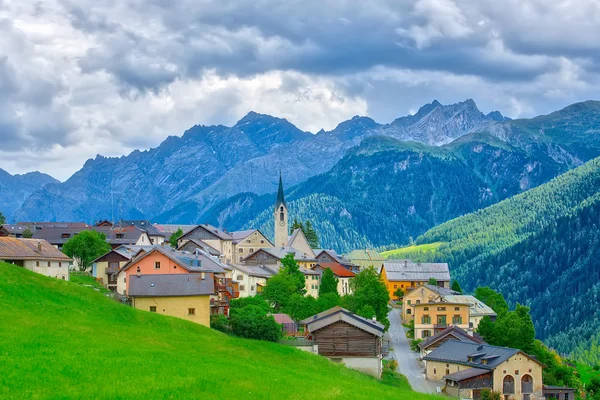
Sitting high above the Engadin Valley, this ancient village of stone houses and narrow streets represents one of Switzerland’s best-preserved examples of traditional Romansh architecture. The village’s strict preservation laws ensure that new construction follows centuries-old patterns, while the surrounding landscape of high alpine meadows and snow-capped peaks remains largely unchanged from medieval times.
Guarda’s remote location and commitment to tradition create an atmosphere of timeless tranquility that seems untouched by the modern world.
Like Travel Pug’s content? Follow us on MSN.
Ortisei, Italy
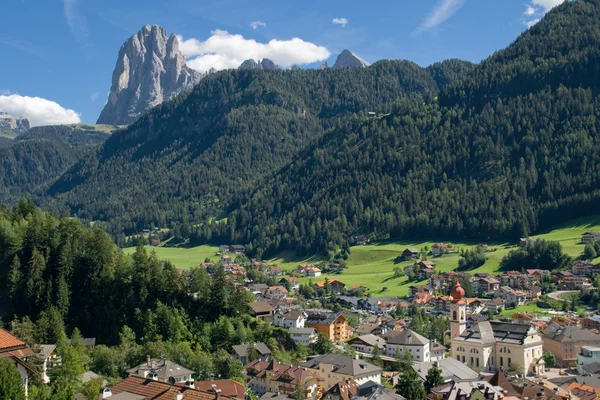
Located in South Tyrol’s Val Gardena, this village combines Italian warmth with Austrian Alpine traditions, creating a unique cultural blend reflected in its architecture and cuisine. Traditional Tyrolean houses with their distinctive wooden balconies and painted facades line streets where you’re as likely to hear German as Italian spoken.
Ortisei’s position beneath the dramatic Dolomites, with their distinctive pale limestone peaks, provides some of the most spectacular mountain scenery in all of Europe.
Where Mountains Meet Memory
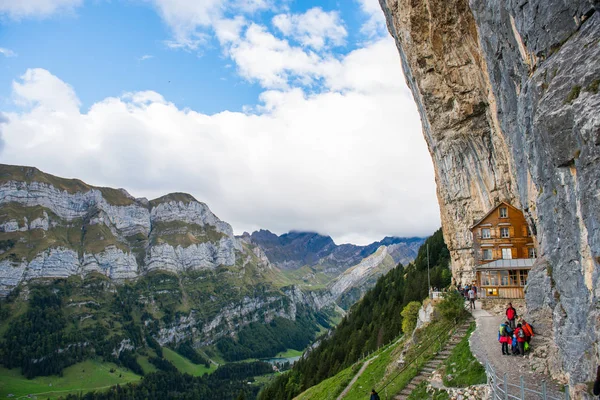
These Alpine villages represent more than just pretty postcards; they’re living proof that traditional ways of life can thrive in the modern world when communities commit to preserving their heritage.
The Alps have always inspired fairy tales, but these villages show that sometimes reality can be even more enchanting than fiction. In an age of rapid change, they remind us that some things-like mountain peaks, traditional crafts, and the simple pleasure of a flower-filled window box — are worth preserving exactly as they are.
More from Travel Pug

- 20 Best Beach Towns in the Carolinas
- 13 Destinations Where Tourists Regularly Regret Their Trip
- 20 Things You Actually Get in First Class
- 20 Small Airports With Aviation Museums
- 20 Places in the U.S. That Are Perfect for a Reset Trip
Like Travel Pug’s content? Follow us on MSN.
